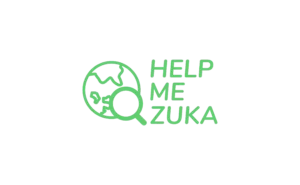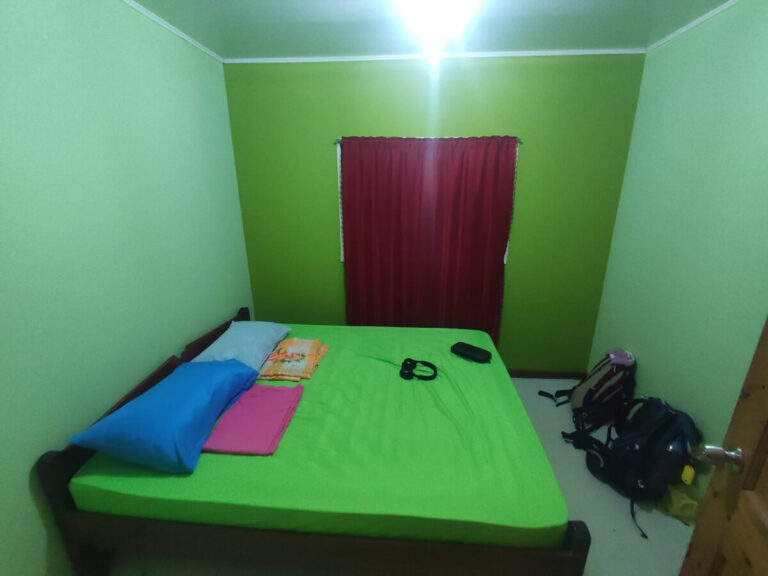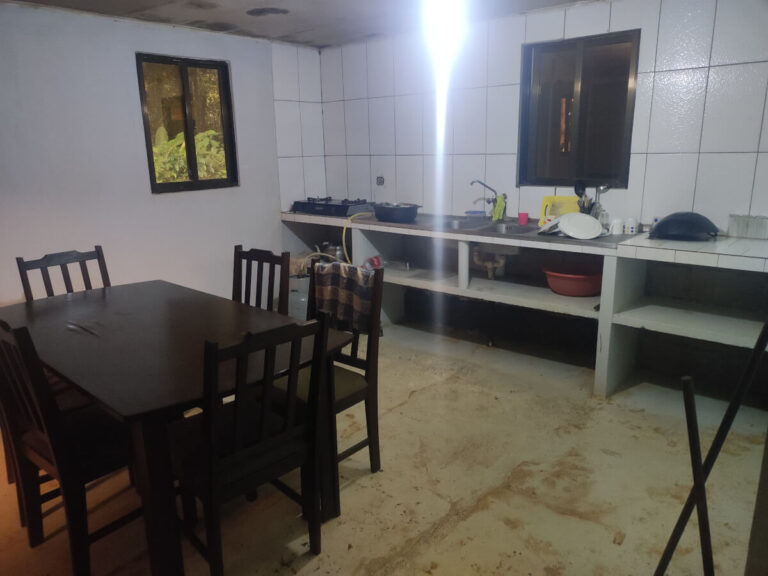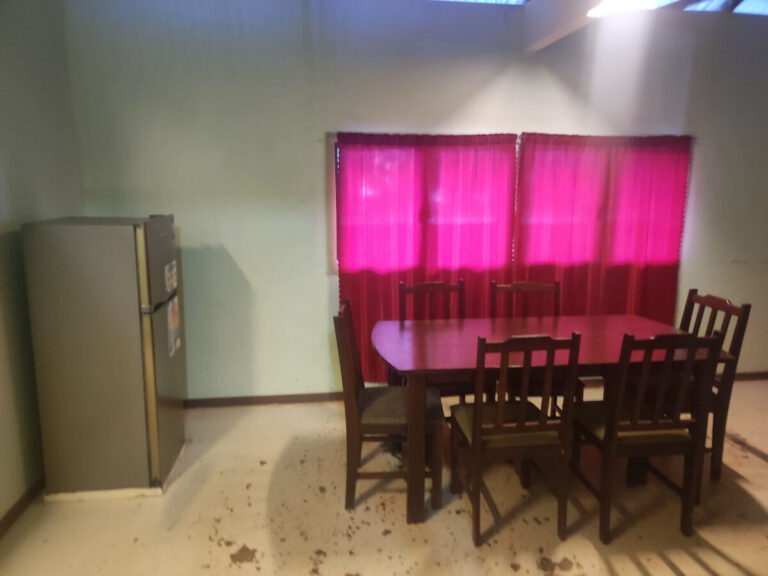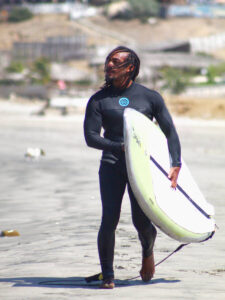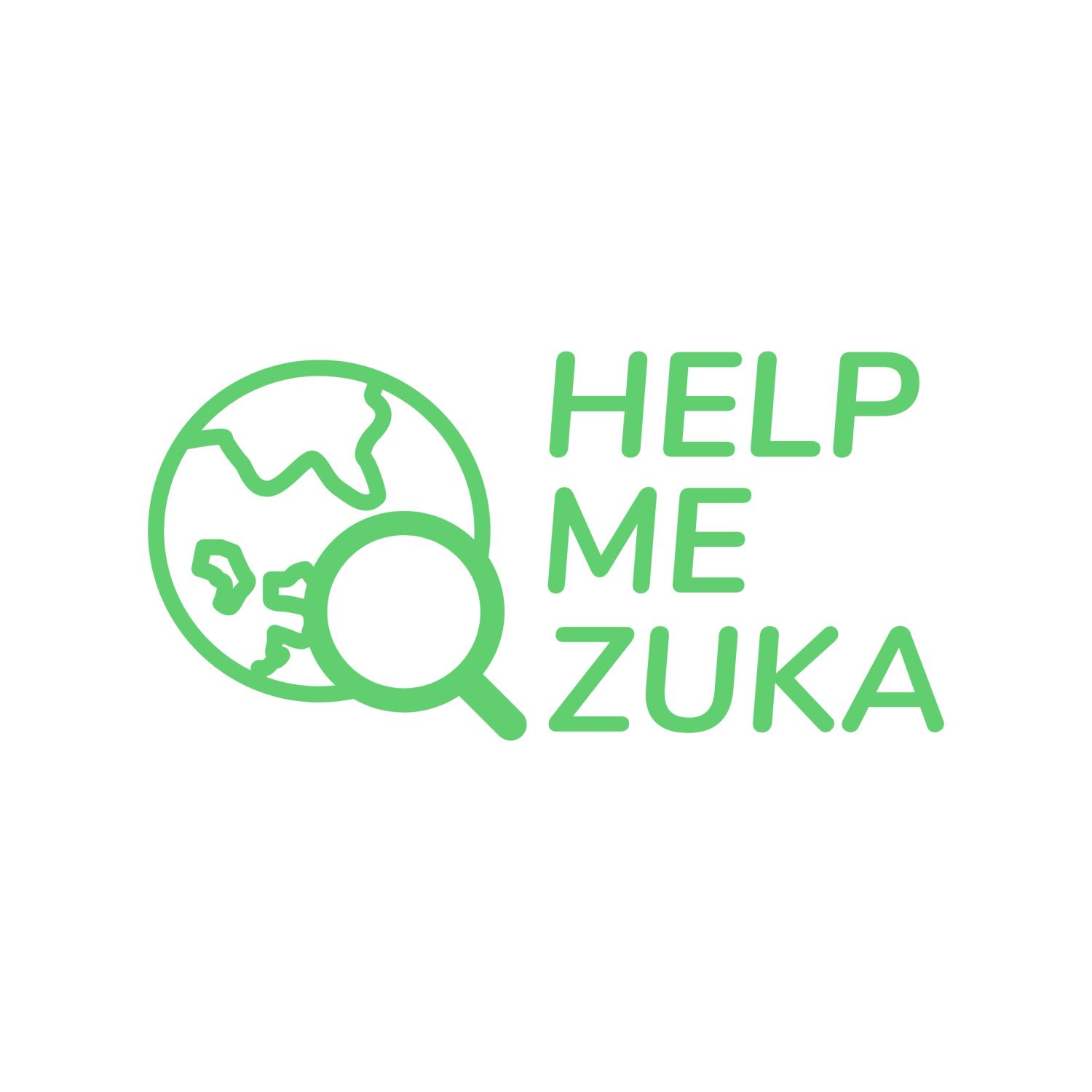Brownsberg in Suriname is one of the main attractions in the country for nature lovers and adventure seekers. With a diverse fauna from the Amazon rainforest, it’s an ideal place for animal spotting, waterfalls, and hiking tours.
This guide shares everything you need to know before planning your visit. It includes my experiences and all the important things I learned during my stay in the park. Brownsberg was a great highlight of Suriname for me because of its rich fauna and natural diversity. The place was mysterious and inviting, asking visitors to explore everything there.
Before the exploration starts, prepare your seat belts to get some info, and let’s get started!!

Table of Contents
About Brownsberg
Brownsberg National Park has a policy of not touching nature in the park. They only remove fallen trees that are blocking the path in the dirt road connecting Brownsweg and Brownsberg. While hiking there, you will see hiking trails blocked due to fallen trees. In this case, a new, freshly open path around the tree will replace the old one.
There are many animals and insects in the park, and its fauna is very rich and diverse. One should always keep backpacks in the accommodation closed and verify clothes and shoes before wearing them. We are invading their territory, so, logically, they will show up anywhere along the park.
In the park, there are some workers taking care of different things. Some are working in the restaurant, others in the park’s maintenance. If you want to hire a tour guide in Brownsberg, it’s possible to do it spontaneously once you are there.
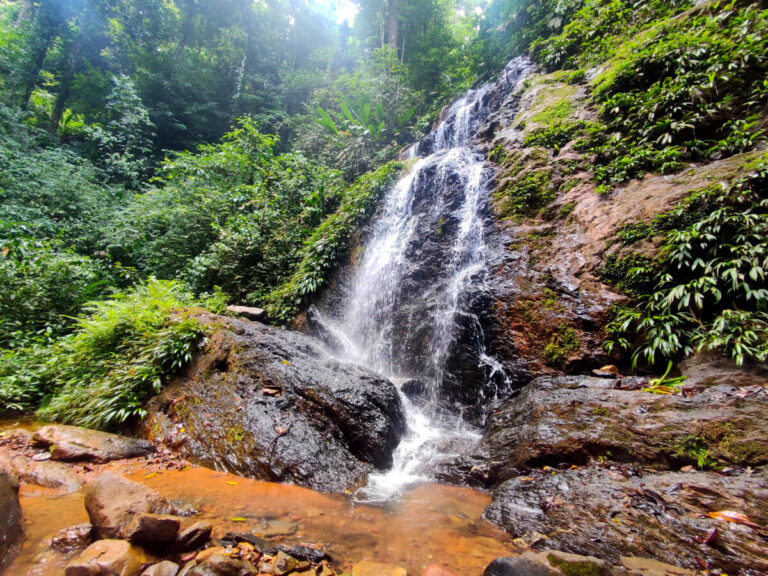
Doing the tours by yourself or with an agency?
There are several agencies offering tours from Paramaribo to Brownsberg. These tours usually are for 2 or 3 days in the park. We also have seen some companies offering day tours, which cost around 80 EUR per person. Later, I discovered that doing it myself was the best decision because I had plenty of time to explore the area at my own pace.
Another reason why it was better to do without the agency was the price. It was way cheaper doing it by myself. I spent 195 EUR (for 2 ppl) to stay four nights and hike for five days in Brownsberg (including meals); agencies charge 160 EUR for a two-day tour per person, focusing on the main waterfalls in the park. I feel that Brownsberg’s less famous spots are also worth a visit.
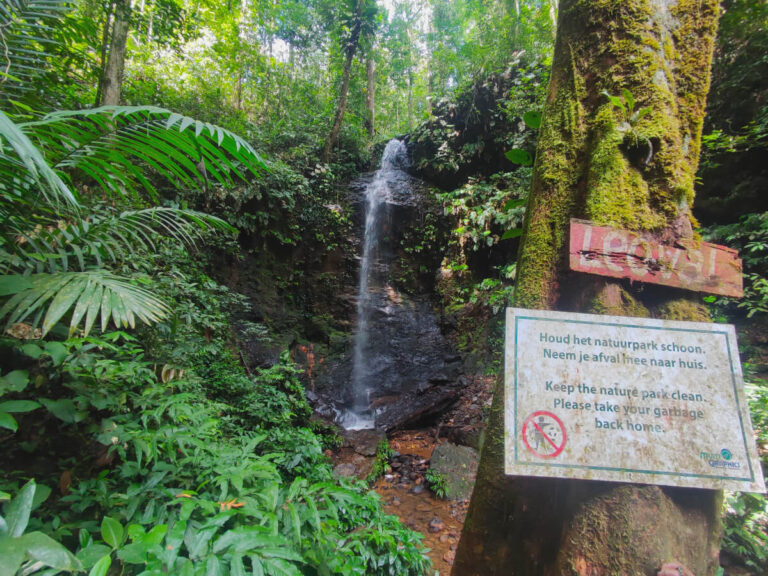
How to get there?
There are few people offering rides from Paramaribo to Brownsberg. One-way ride with a 4×4 car will cost around 6000 SRD.
The second option is to rent a car. If you choose this option, know you need a 4×4 vehicle to get there. The 108 km road from Paramaribo to Brownsweg is in excellent condition. However, the 13km dirt road from Brownsweg to Brownsberg requires work on improvements. The erosions in the road are frequent, primarily due to the rain and heavy trucks in the area. A small, popular car will have issues on the road, and it can be worse during the rainy season.
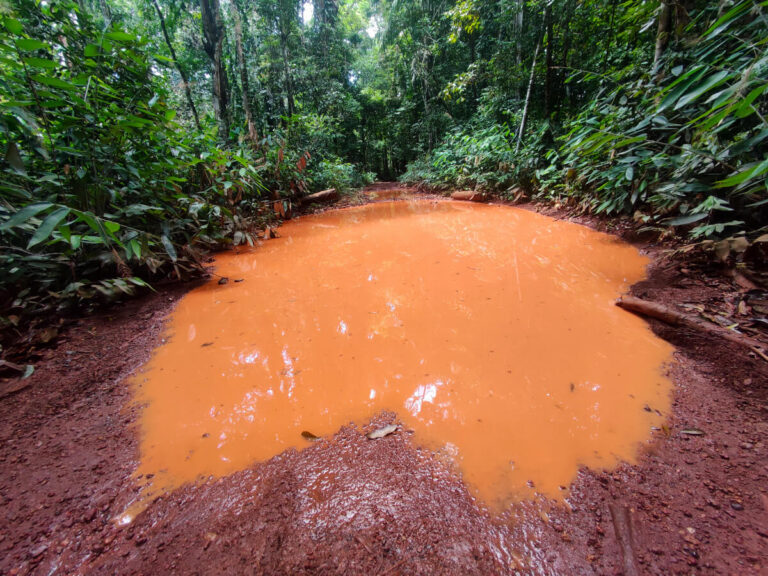
The third option is to take the city bus or private van from Paramaribo to Brownsweg and hike the final 13 km on the dirt road to Brownsberg. I chose this option to start our Amazon rainforest experience before reaching Brownsberg.
Going to Brownsberg by bus was very budget-friendly: We paid 600 SRD for two tickets for a private minivan. However, the process of getting to Brownsberg by minivan wasn’t straightforward. The public transportation system in Suriname is not reliable, and that caused some issues for me. The details about taking a ride using a city bus are in the next section.
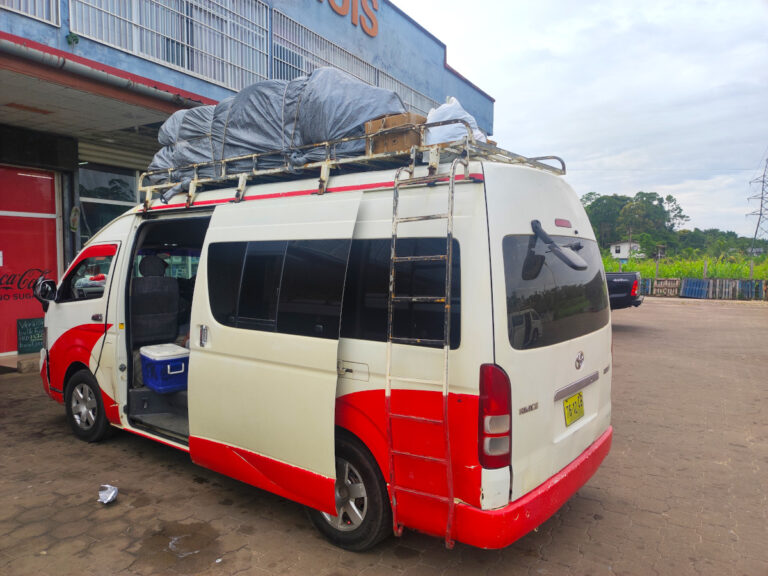
The city bus saga
I was told that the bus from Paramaribo to Brownsweg departs from Heiligenweg Street, one of the main bus stations. I tried to find information about bus times online without success, so I went to the bus station a day before the trip to check the bus timetable.
After talking to a lady who works in the bus station, she informed me they have two buses leaving daily. The first ride departs around 6:30 am, the second ride around 1 pm, and the ticket costs 150SRD. She told me to arrive 30 minutes before departure time to buy tickets. In Suriname, they still use the first come, first served system. Purchasing the tickets in advance wasn’t possible.
The next day, I arrived at the bus station around 5:15 am. There was a big crowd, and I was scared I wouldn’t have a chance to buy tickets for me. When I asked for the tickets, another bus station worker informed me that I needed to go to Saramacca Street and that the bus would depart from there around 8:30 am. I told him the lady informed us about the bus leaving around 6:30 am, and he told me to go to Saramacca.

Sarammaca Street
I went to Saramacca Street and asked people about the bus departing to Brownsweg. Everybody told me to go to another street called Prinsen St., close to the No. 1 GYM. They said the city bus would depart from this small block between the Saramacca and Prinsen streets.
Once I arrived at the block, I met a van driver who said the city bus would stop there around 8:30 am and depart to Brownsweg. However, if the bus doesn’t show up (it seems this happens often in Suriname), he will drive people to Brownsweg around 9 am, and the ride costs 400 SRD per person.
I returned to our hostel to kill time, after that, I walked back to the block between Prinsen and Sarammaca St. around 8 am. The city bus didn’t show up, so I negotiated with the driver to pay 600 SRD for two people, and he agreed, so I took the private van to Brownsweg.
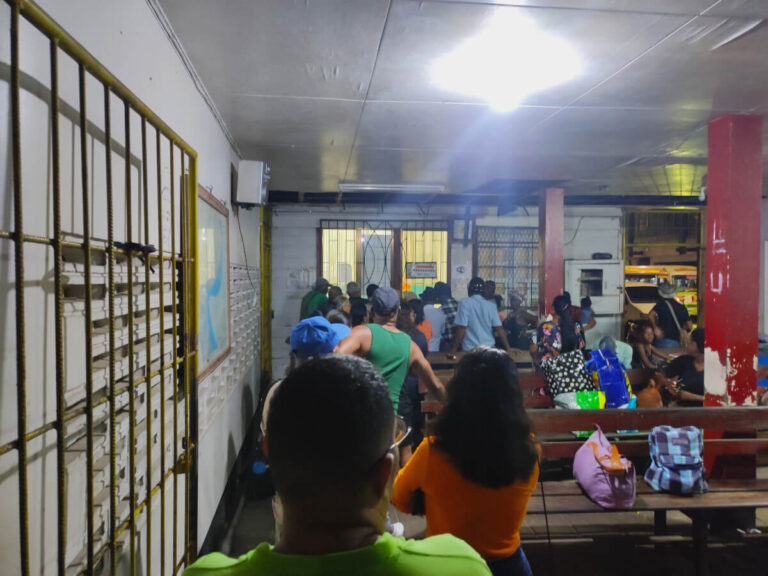
About accommodation
There’s only one institution taking care of accommodation in Brownsberg: Stinasu. You won’t find any options on Booking or Airbnb. To make a reservation, you need to go to the Stinasu office.
There are different types of lodges: Private ones for eight people (1600 SRD p/ night) or 12 people (2500 SRD p/ night), or a lodge with a shared bathroom and kitchen with your private room. The price of the shared lodge is 500 SRD p/ night, so we took this option.
The third option is to sleep in hammocks in another lodge. This option is the cheapest one (200 SRD p/ night), but you must have your hammock. It’s not possible to rent or buy one hammock in the park.
One fact about the accommodations in the park is that they are very basic. So don’t expect any luxury. They don’t provide toilet paper and towels, so bring your own.
About food
There’s only one restaurant in the park, and they prepare breakfast, lunch, and dinner. You go there, place the order, and they will let you know when it will be ready. The price for a meal is 275 SRD. Lunch and dinner have options with pork and beef that cost a bit more. All three meals with them will cost an average of 825 SRD p/ day per person. I only had breakfast and lunch because the portions were very generous. Lunch was always so big that it was my dinner as well.
In the lodge, you have a working fridge to put food in. You can use the kitchen for cooking, but there’s a catch: You must bring a gas cylinder to use the cooker. The lodge needs basic utensils like a lighter and cooking pans.
Theoretically, the kitchen is there for you to use, but you need to bring the detergent to do the dishes and a cloth to dry them. They had only one big open wok pan, so even if I had a gas cylinder, I wouldn’t be able to cook properly due to a lack of pots and basic kitchen utensils.
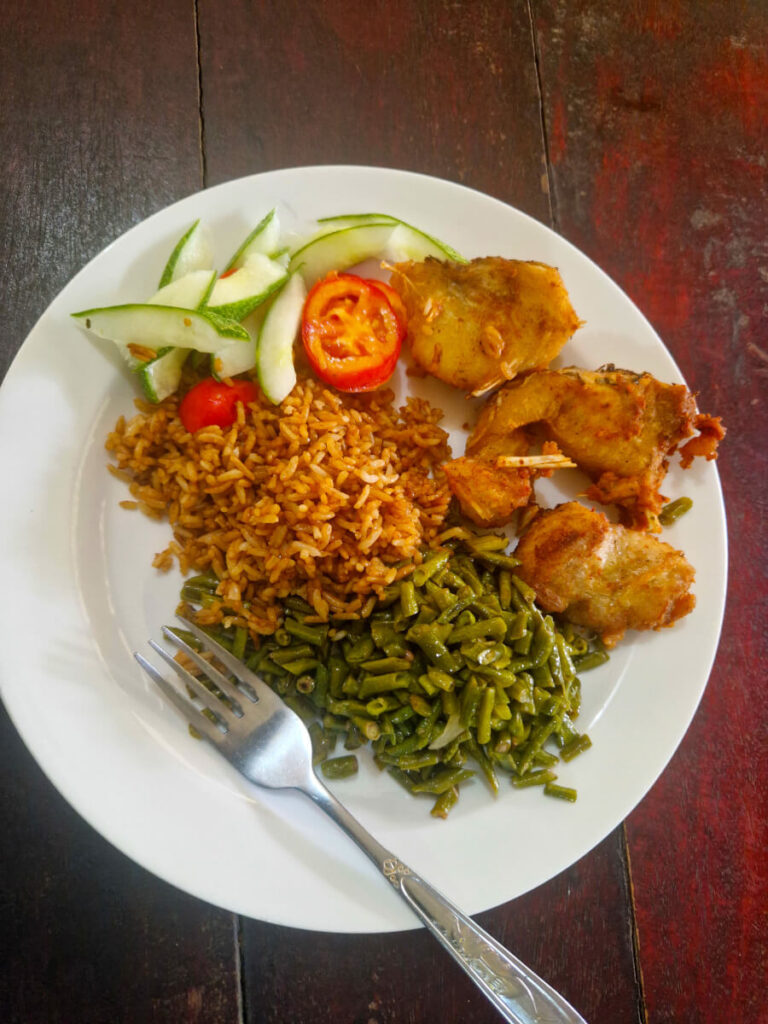
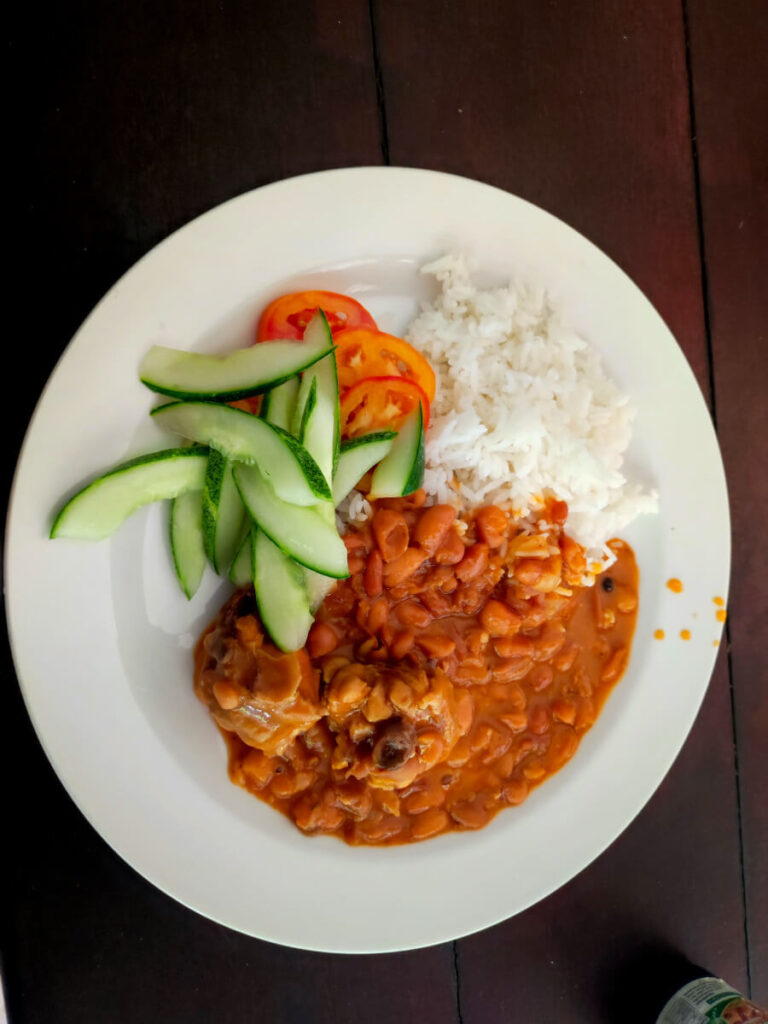
How many days to spend in Brownsberg?
It depends on how much you want to explore it. Irene and Leo are the most famous waterfalls in the park, and you can visit both in one day. Wittie Creek is further away on the way to Brokopondo Lake. I spent a few hours in the creek, so I used one entire day to hike there, enjoy nature, and return to the park for lunch.
Mazaroni and Kombu waterfalls are beautiful places as well. Unfortunately, I couldn’t fully appreciate them. Once I arrived in Mazaroni, it was raining a lot, and I found the trail to reach the bottom of the waterfall quite dangerous. So I only stayed close to the top.
I spent four nights and five days there, and I loved each day!!! I wouldn’t be happy knowing that with the agency, I would lose the opportunity to immerse myself in the park at my own pace. I also loved just sitting outside of the lodge after a day hiking, listening to the animals.
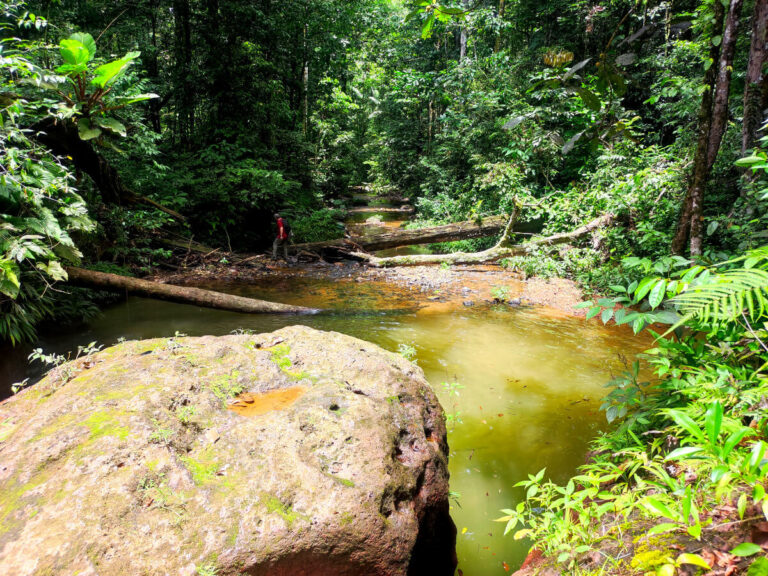
My itinerary
I planned to stay only two nights initially, but the vibes were so good in the park that I added two more nights. The first and the last day were similar, the hike between Brownsweg and Brownsberg on the dirt road.
On the second day, I visited Leo and Irene waterfalls. The trails are well-marked and maintained. In challenging spots, ropes are on the trail’s side to help people. After I finished visiting both waterfalls, I had a break for lunch. The next place was the Mazaroni top viewpoint, where Stoneiland and the Brokopondo Lake can be seen. The trail to Mazaroni top is only 20 minutes long and starts from the park.
Leo and Irene waterfalls hiking trail
The third day was the toughest one: a hike to Wittie Creek. The trail is marked most of the time, but it is easy to get lost and bash around trees. Many fallen trees are blocking the way, so you must go around or above them to stay on the trail. I saw that some of the fallen trees were marked.
Wittie Creek hiking trail
I had only one moment where I had no clue how to continue the hike. After more than 20 minutes of trying to find the trail, I admitted that I was lost, but I was lucky enough to meet a group with a local tour guide. He knew that a tree blocked the trail I saw earlier. I thought that tree wasn’t blocking anything, but it was on the way to the trail. He opened the path for all of us, and we continued forward.
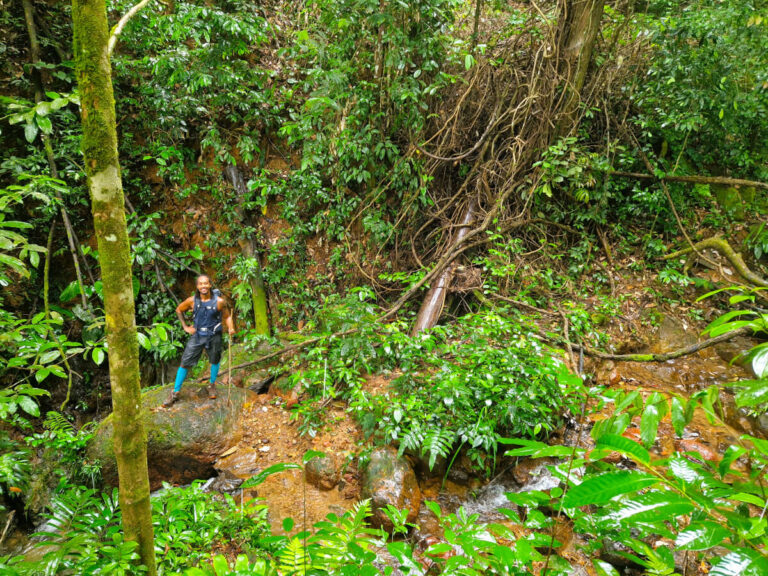
Mazaroni and Kombu falls
On the fourth day, I visited Mazaroni and Kombu waterfalls. It was raining that day, so the trail was slippery and muddy. I felt it was too dangerous to go downhill toward the bottom of the Mazaroni Fall. I hiked down and found a spot to hang out and take some pics.
I reached only the beginning of the Kombu fall. The trail close to the waterfall was full of fallen trees and mud. It was easy to see that only a few people had visited recently. I decided to avoid the adventure off-trail due to some weird-looking spiders I encountered on the way often.
Mazaroni and Kombu waterfalls hiking trail
Is it worth going without an agency?
Oh yes, I made a great choice doing this tour by myself. Agencies offer a lot of convenience, but I love to do things at my own pace without rushing. I met interesting people during these five days and laughed a lot at some experiences I had with locals. Even though it was challenging to organize everything, I enjoyed learning how to do things by myself in Suriname, figuring out stuff, and talking to locals. These are the unforgettable memories I create in our adventures.

Conclusion
In conclusion, Browsnberg in Suriname is a hidden gem waiting to be explored. From its diverse fauna and flora to its spectacular scenery, there is something for everyone to enjoy. Brownsberg receives many visitors for animal spotting. Whether you are a nature enthusiast or an adventure seeker, this destination has something to offer.
Now that you have all the necessary information to experience this highlight of Suriname, what are you waiting for to visit it?
If you want to know about other activities in Suriname, I already prepared a blog post for you here.
Let me know in the comments about your experience!!
